Ben Flatman introduces Building Design’s new campaign, which asks how we can raise the quality of housing while meeting the government’s pledge to build 1.5 million new homes
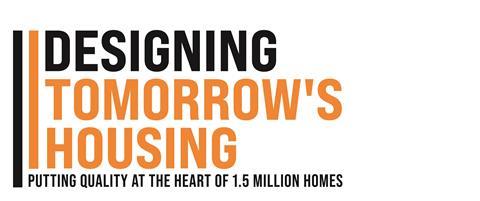
The government’s pledge to build 1.5 million new homes over the course of this parliament is one of the most far-reaching housing commitments in recent memory. But, after years of often empty promises on housing targets and recent news that planning approvals have hit historic lows, there is understandable scepticism about whether the government can deliver.
Meanwhile, far too much new housing that does get built is repetitive, car-dependent and lacks a sense of place or community. Most of it is still shaped by the volume housebuilders, with placemaking often the first casualty of building at speed and scale.
Architects are involved in the design of fewer than one in 10 new homes – a striking absence from a process that should be centred on the creation of well-planned, enduring places.
Today BD is launching a new campaign that asks a simple question: how can we raise the bar on housing quality while meeting the government’s ambitious targets? Drawing on insight from a panel of leading architects and built environment professionals, Designing Tomorrow’s Housing seeks to put design and placemaking at the centre of the housing conversation.
We also want to reframe the vital contribution that architects can make – not as heroic all-knowing innovators, but as the collaborative, problem-solving professionals whose input is so often absent from the housebuilding process.
Our panel includes figures working across the public and private sectors, from large practices to council-led delivery experts. What unites them is a belief that we can and must do better.
Why does so little housing actually involve architects?
Designing Tomorrow’s Housing starts from a clear-eyed view of how most homes in the UK are built. It asks how that process can be improved and will look at ways of raising quality within real-world constraints.
The campaign will explore how architects can play a bigger role in mainstream housing. Not by reinventing the system from scratch, but by engaging more effectively with the way it already works. That means collaborating with major housebuilders, understanding their delivery models, and finding opportunities to influence outcomes, from house design to masterplanning and public realm.
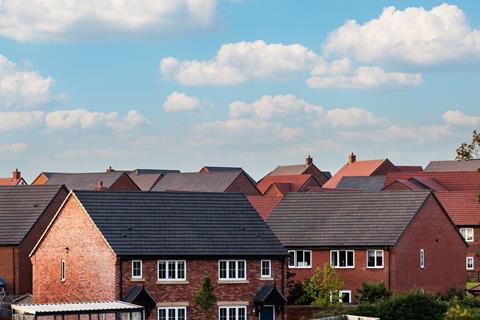
The dominance of standardised development on agricultural land has left little space for architectural input. This is something Dav Bansal of Howells is acutely aware of, and the practice has spent a lot of time thinking about how standard models can be improved.
“It’s not surprising,” he says. “So much housing is single dwelling houses on greenfield sites. As long as the road and infrastructure are there, the houses follow standard plans. It doesn’t matter where you go, one looks just like another.”
Bansal is not out to criticise the big housebuilders. He respects the scale and efficiency of the model. “They’ve got their supply chain, their subcontractors. It’s a very smart and cost-effective way of doing it.”
But he believes that architects can add value where it matters. “We can use their product and focus on how the place feels.”
That means shifting away from what he calls “Brookside cul-de-sacs” and towards places with identity and coherence. “When you’ve got great public realm, a clear parking strategy and connected spaces, the houses can be a backdrop to all that.”
The campaign will also set out to critique the standardised housing designs that characterise the UK market, and ask whether they are really simply giving ordinary homebuyers what they want, or whether there is room for improvement.
“There’s a housing shortage, so yes, the big housebuilders’ homes always sell,” says James Soane, director of Suffolk-based Project Orange. “And housebuilders use that to justify their model, but it’s a self-fulfilling prophecy.”
He does not believe that means there is no room to improve their standard house types, which are often reproduced across the country. “They don’t have to do design reviews. No one is really looking at what they are producing.”
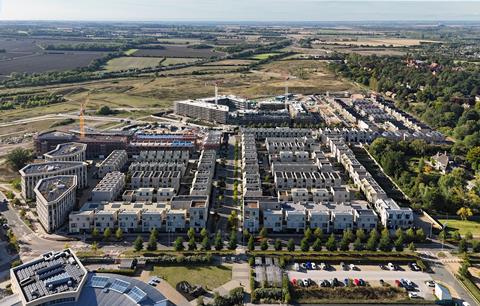
Design codes and pattern books are one way of improving design outcomes, particularly when combined with clients who take a long-term view. Projects like Nansledan, backed by the Duchy of Cornwall, or Eddington, developed by the University of Cambridge, show how sustained commitment to place can produce higher quality environments.
The masterdeveloper model, where infrastructure is delivered up front and land is parcelled out to housebuilders to build within a pre-approved masterplan, is delivering improved housing in many instances.
This campaign will explore these models and others. It will ask how architects can get closer to delivery, shape better places at scale, and reassert the value of design across the system.
Making better use of our existing building stock
New homes alone will not fix the housing crisis. As Miranda MacLaren, director at Orms, puts it, “There is a lot of existing buildings and existing stock – it’s just that it is not going to the right people.”
While acknowledging that new-build development has an important role to play, she is clear that simply building more, without also looking harder at how we use what we already have, will not be enough.
Her focus is on “retrofit solutions” and “slow, sensitive development that grows from existing centres and communities.” For her, the real gains lie in “light infill alongside existing estates” and in unlocking overlooked or underused building stock, including redundant office buildings.
This approach requires careful planning and political will, but it also aligns with the campaign’s broader aim of highlighting the opportunities to make existing systems and places work better.
Viability and design under pressure
Almost everyone to whom BD has spoken in advance of the campaign highlights viability as one of the biggest constraints facing housing delivery – and a big challenge for improving quality. For Zohra Chiheb, head of development at Camden Living, Camden council’s housing arm, the challenges around viability are only increasing.
“We’ve got a huge disparity at the moment between what it costs us to build a new home and the net rents that we can get over the 60 years that we model them for,” she says.
These constraints inevitably shape what gets built, and how. If this campaign is about reasserting the value of good design, it must also reckon with the economic and institutional systems that architects and housebuilders are having to face.
Even in a borough with experienced teams and progressive planners, schemes are under strain. Chiheb links these financial pressures directly to wider structural challenges, including the withdrawal of housing associations from Section 106 sites.
Camden and other local authorities are working hard to develop new approaches to help ensure that these projects remain viable and moving forward while still delivering good design.
The campaign will also examine the interface between construction and quality, a theme Miranda MacLaren believes is critical to unlocking better housing. “Mid-scale builders are no longer viable, you have to be tiny or massive,” she says.
The disappearance of SME contractors is, she argues, undermining efforts to deliver smaller, high-quality schemes, particularly on infill and estate sites where local knowledge and continuity matter most.
Separately, the campaign will explore the potential of modern methods of construction to raise quality and accelerate delivery, not as a blanket solution, but as one part of a wider push to build more thoughtfully and effectively.
New forms of tenure
The UK’s housing system has long been shaped by a narrow view of tenure, with many homes still built primarily for sale or rent. But, as society becomes more diverse, and mobile, so too do the ways people want to live.
There is growing appetite for alternative forms of ownership and occupancy that are more communal, more flexible, and more rooted in long-term social value.
“There are really only two models,” says Satish Jassal, director of Satish Jassal Architects. “There’s ownership and there’s the landlord-tenant model. So there’s an opportunity for community-led homes, co-housing, intergenerational and other things.”
The campaign will explore alternative forms of tenure that help to restore a sense of agency and belonging to how and where people live, and examine how design engagement and quality of place support that goal.
Tweaking typologies
Small shifts in housing typology can have big impacts. Dav Bansal points to Sea Gardens, a scheme his practice is working on in Ireland for Ballymore, where apartments are placed on the ground floor with maisonettes above. “Just by doing that, you’ve doubled the density of what would typically be a housing community,” he says. “It could be multi-generational. It could be two separate households. It gives flexibility.”
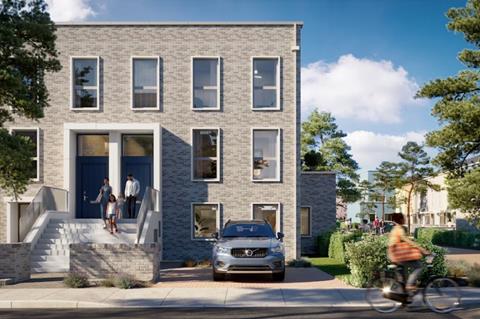
Bansal also sees promise in sectors like build-to-rent family housing, where long-term investment encourages better design and maintenance. “There’s a consistency of quality, customer service and place. They retain their tenants and build a more robust product,” he says of this emerging sector.
Where we build matters
Calls for bold new settlements are never far from the housing debate. But while “new towns” carry political appeal, they risk diverting attention from a more pressing challenge: how to better integrate new development into the places we already have.
Many of our existing towns and cities are full of underused land, ageing infrastructure and historic buildings with untapped potential – places crying out not for wholesale reinvention, but for investment.
James Soane, who is based in Suffolk, is acutely aware of how new housing is being designed and delivered in rural areas. He warns that development is often being driven less by planning or strategic need than by land availability.
“You’ve got land agents calling every farmer asking if they want to sell a field. If they get planning, they’ll pay 20 times the agricultural rate.” These decisions shape how the country’s housing stock grows, but they’re happening with little public scrutiny.
Dav Bansal points to the very low densities across the UK’s built-up areas and the huge potential to increase densities without even having to build on green field sites. “At the moment Birmingham is about a third or quarter of the density compared to many similarly sized cities across Europe,” he says.
We will look at precedents from elsewhere in Europe, such as Sergison Bates’ work in Munich, where new urban extensions are high-density, mixed-use and compact.
What kinds of places are we building?
What new housing delivers, not just how much of it gets built, must be central to the debate. That means thinking beyond units and densities, and asking how development can support everyday life.
Where are the safe routes to school? The spaces for children to explore and play? The opportunities for neighbours to meet and generations to mix?
The campaign will explore opportunities to deliver a clearer focus on the quality of place. That means demanding more from every site, not just more homes but stronger public realm, community infrastructure and connection to context. As Satish Jassal puts it: “Every housing development is an opportunity. Think places over homes, communities over quotas.”
Learning from what works
Not every answer lies in innovation. In fact, some of the most enduring housing models in the UK are also among the most overlooked. From mansion blocks to garden squares and terraces, we have a legacy of medium-rise, high-density urban housing that continues to work but is often sidelined in favour of supposedly novel approaches.
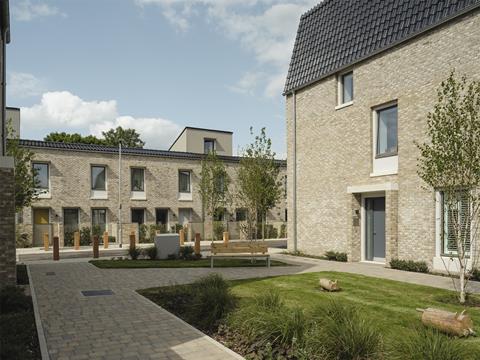
The campaign will highlight the best of contemporary housing and revisit historic precedents. It will ask whether more of our new homes should take inspiration from the forms and patterns that have long supported community, flexibility and a genuine sense of place.
Satish Jassal is clear on the need to value these precedents. In his own work, he draws from Victorian models, not out of nostalgia, but because he believes they were designed with people in mind.
“They designed for people,” he says. “They understood how people interact with buildings.”
A growing number of architects are returning to the vernacular, drawn by its spatial logic, material richness and lasting popularity. This renewed interest is not about reverting to simply copying and stands in sharp contrast to the uninspired house types churned out by many volume builders. It is about learning from the best that the past has to offer and using this to inform best practice today.
What this campaign will do
Designing Tomorrow’s Housing is not about utopian visions or architectural manifestos. It is about facing the challenge of building 1.5 million homes with our eyes open, to the urgency, the constraints, and the opportunities.
This campaign will explore what quality really means in housing today. It will look at how we build, where we build, and who we build for. It will examine design codes, procurement, land, tenure, typology and the potential for an increased role for architects in shaping housing that simply works better.
The government’s target is about quantity. This campaign is about what kind of places we want to live in when those homes are built. Quality should not an optional extra.
If we build poorly now, we are creating social and environmental problems that future generations will have to pay for. It is the difference between “house bashing” and building successful places.
Designing Tomorrow’s Housing is our invitation to architects, planners, developers, policymakers and communities to take that responsibility seriously.
This campaign is about making sure that 1.5 million homes add up to more than a number. They must create lasting places, strengthen communities and improve everyday lives.


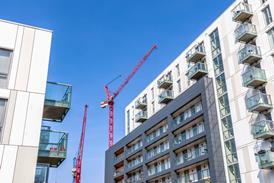

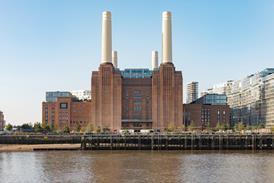
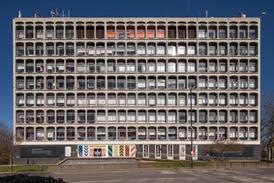


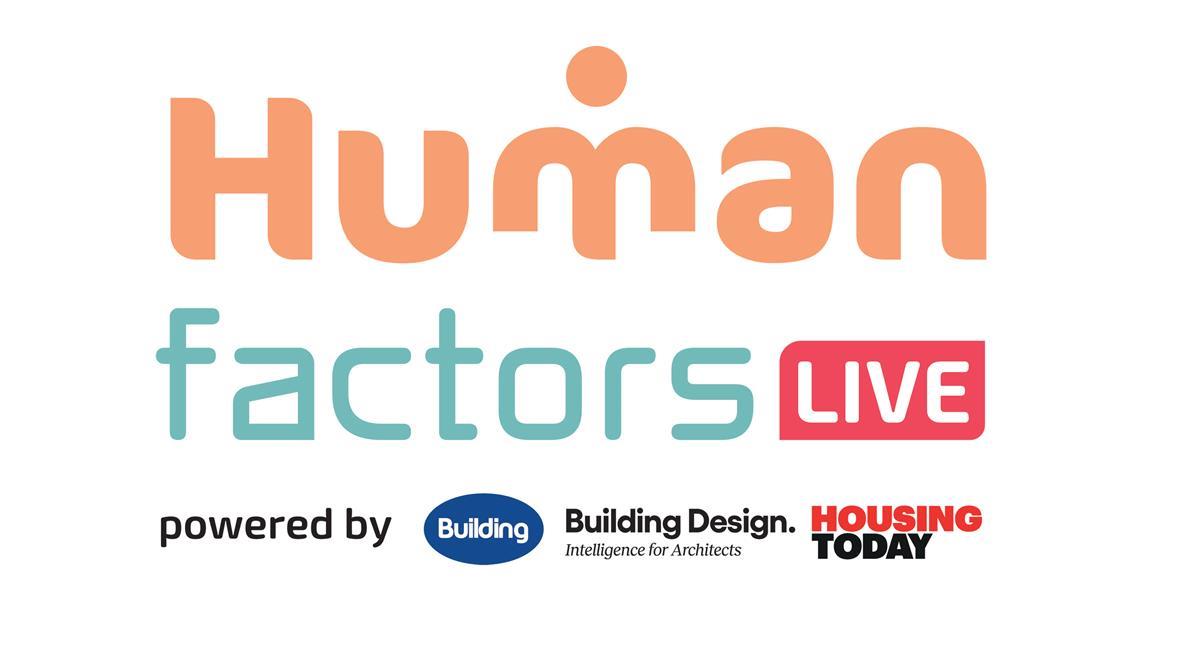







No comments yet